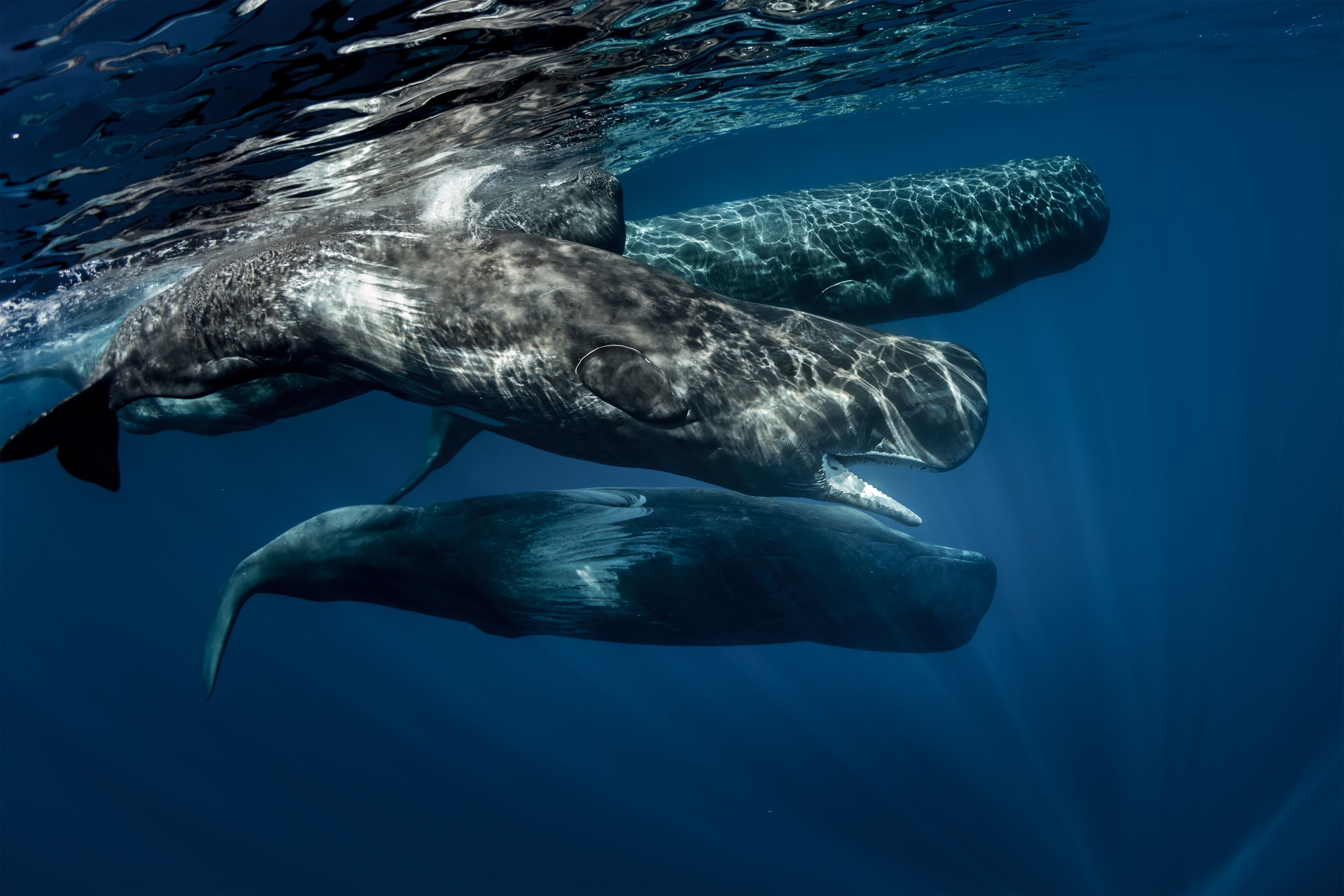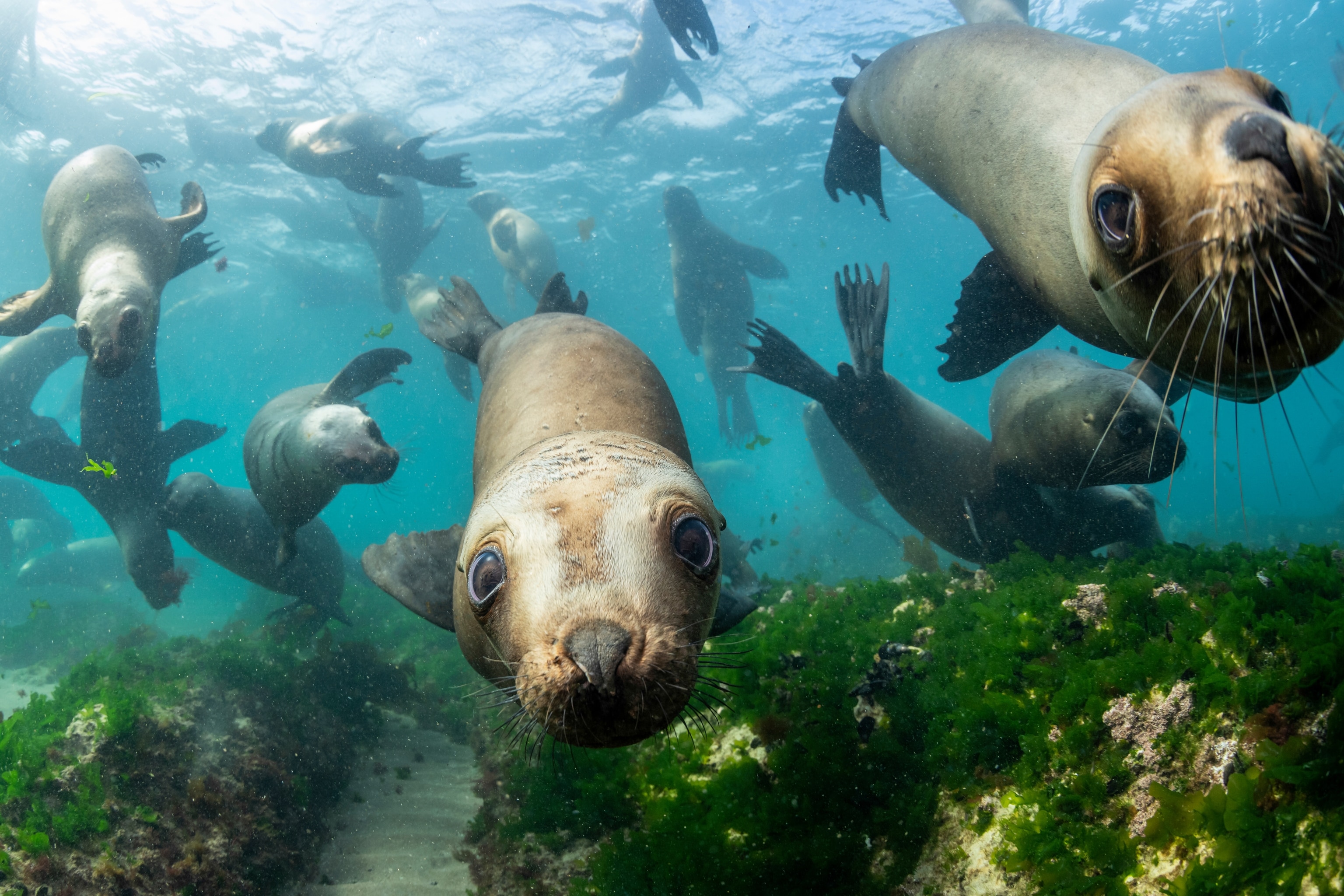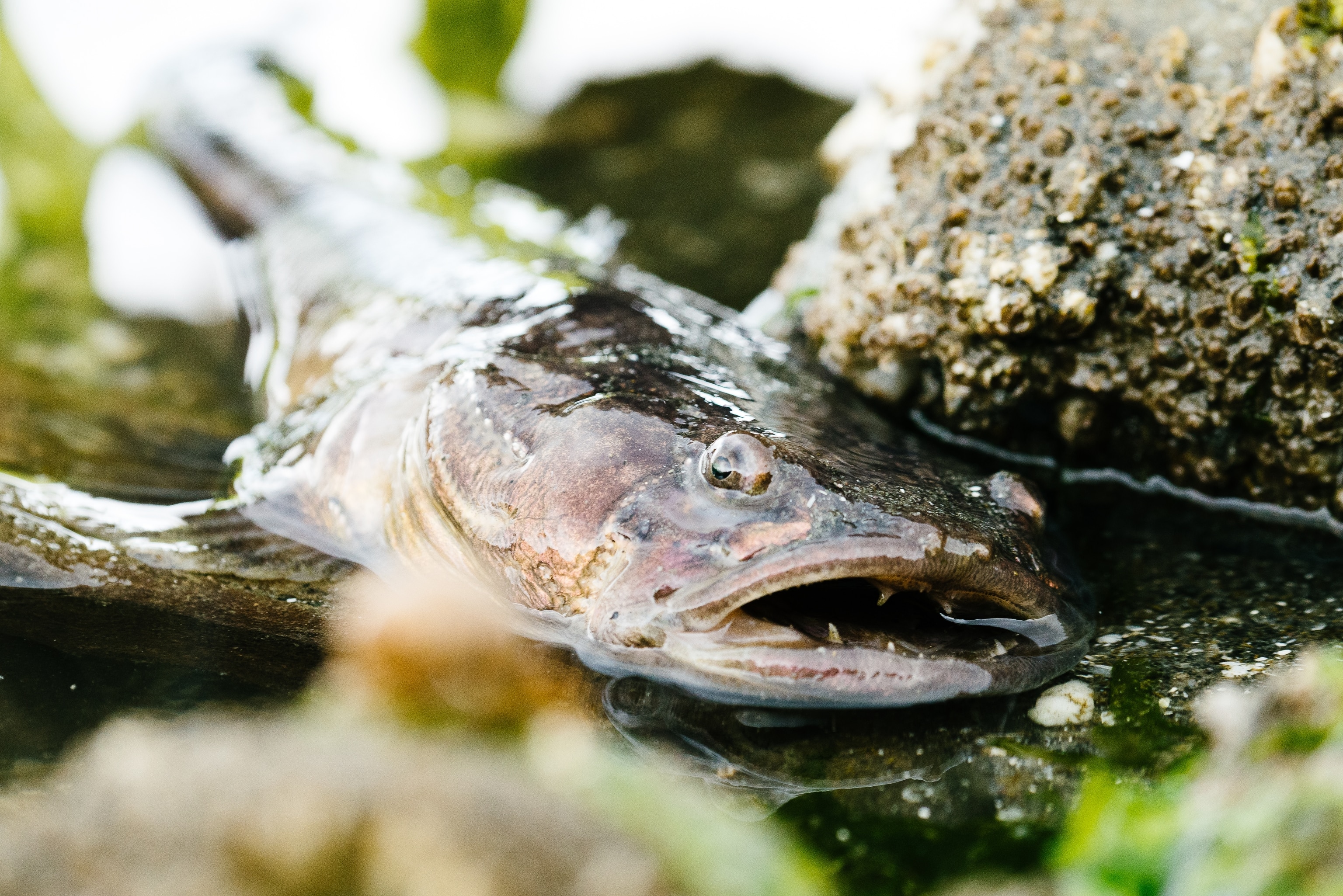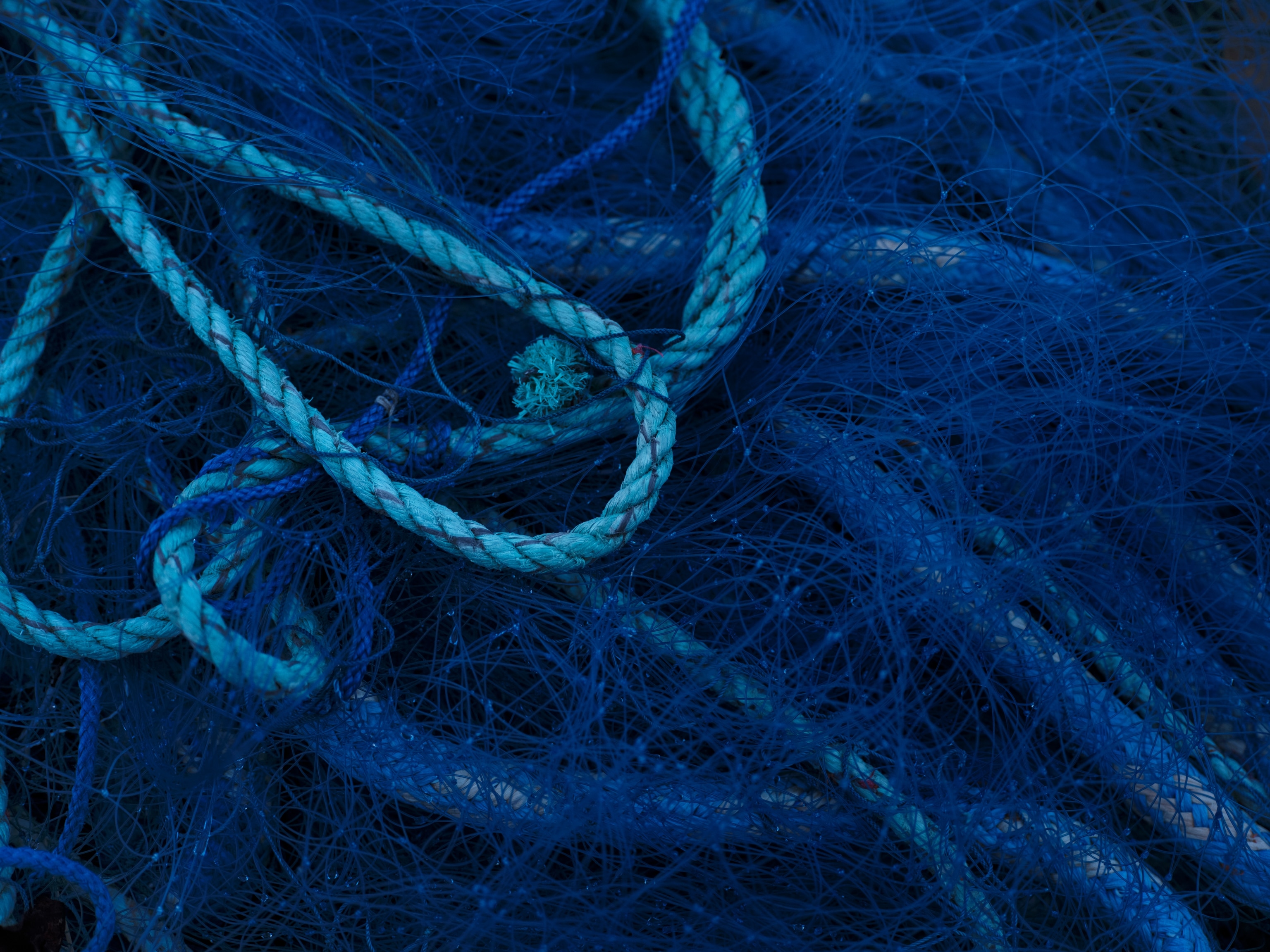Sound waves and sea creatures
Thousands of marine species from microscopic zooplankton to the largest cetaceans rely on sound for survival and many have evolved unique oral and aural adaptations. Understanding them better could help us reduce the impact of anthropogenic noises from shipping and marine industry.
Humans tend to associate the ocean with silence. Yet water doesn’t mute sound, but amplifies it. Sound waves travel 4.3 times faster underwater than they do in the air and they retain their energy for much longer. Many sea creatures depend on sound, and have evolved complex systems of communication that they use for connection, reproduction, territorial assertion and survival. But over the last few decades, the ocean has become an increasingly noisy place thanks to us humans—shipping noise, industry and seismic air guns searching for oil and gas have a devastating impact on many sea creatures that rely on sound for survival. Through the SEA BEYOND educational program—which benefits from 1% of the proceeds from the Prada Re-Nylon for SEA BEYOND Collection—Prada Group and UNESCO-IOC are bringing the underwater world into classrooms around the world and helping to foster a deeper understanding and love for our planet’s marine ecosystems—including the acoustic environment. Here are five marine animals that display unique aural adaptations that help them to thrive underwater.
1. Sperm whales: Masters of echolocation
Because they spend a great deal of their time at depths of between 1,000 and 10,000 feet (300-3,000 meters) where little or no sunlight can penetrate, sperm whales rely on echolocation to navigate. This marine giant emits powerful vocalizations in the form of rhythmic clicks that bounce off underwater objects so that the whale can create a highly detailed sonic map of the surrounding ocean topography. These clicks are capable of traversing great distances and are useful for detecting prey and communicating with pod members that may be hundreds of miles away. They pack a punch, too, reaching up to 230 decibels—enough to stun prey like squid or sharks. This echolocation ability is highly evolved—a sperm whale is able to single out a small ray from the kaleidoscope of ocean sounds surrounding it with surgical accuracy in total darkness.

2. Sea lions: Intimate acoustic bonds
Like sperm whales, sea lions are highly vocal animals, but they operate in a very different ecosystem. Many sea lion populations are found in the dense kelp forests that form a great highway along the Pacific coast of the Americas. Here, they use sound to keep track of each other, socialize, navigate and lay claim to territory. Indeed, sea lions are among the noisiest of sea creatures, letting out barks, grunts, growls, whines and clicks that all carry meaning. Male sea lions, for example, generate distinctive territorial calls that resonate through the marine environment, creating underwater sound maps that define breeding and hunting territories. These calls can extend several kilometers, allowing sea lions to establish precise acoustic boundaries without resorting to physical confrontation. Mother sea lions communicate with their pups using highly individualized calls that are instantly recognizable—an invaluable tool for keeping track of errant offspring in the thick kelp forests, or when joining hunting migrations.

3. Pistol shrimp: Sonic weaponry
Pistol shrimps may be small, averaging around 1.5 inches (4cm) in length, but to say that these little crustaceans punch above their weight is an understatement. The pistol shrimp possesses one outsized claw, which it can snap closed at close to 65 miles per hour (100kmh). This creates what’s called a “cavitation bubble” that can generate an extraordinary 218 decibels of sound when it collapses under the pressure of the water surrounding it. For a split second, this sonic blast heats the water close to the bubble to temperatures in excess of 8,000 degrees Fahrenheit (4,427 degrees Celsius)—four times hotter than lava. It’s a pretty handy talent when it comes to stunning or killing prey, such as small fish and invertebrates, deterring predators or competitors from entering its territory, as well as for communicating with other pistol shrimps.

4. Oyster toadfish: Swimbladder ballads
Secreting itself among rocks on the seabed and in sheltered coastal habitats, at first glance the oyster toadfish looks like a nondescript blob, but it’s actually quite the lothario. Male toadfish woo potential mates using a medley of mating calls that they generate by vibrating their swim bladders—sort of like an underwater bagpipe. During the breeding season, the males use their muscles to rapidly contract their swim bladders, generating what’s often described as a “boat whistle” sound at frequencies that are capable of traversing significant distances in search of a female. Each vocalization is distinctive, and marine researchers are able to identify individual fish by their unique sonic signatures. Besides these love songs, toadfish also use acoustic signals to ward off competitors, socialize and establish territory.

5. Plainfin midshipman: Nocturnal nighthawks
The plainfin midshipman is a nocturnal species of toadfish that has evolved a highly sensitized auditory adaptation. Native to the Pacific coast of the US, this unassuming bottom-dweller has an acute sense of hearing that is keyed into specific frequencies and even changes depending on the season. Their delicate inner ear structures—called the utricle and saccule—are fine-tuned to detect specific sound signatures. These sensory organs are lined with microscopic hair cells that translate mechanical vibrations into neural signals, and are highly developed. What’s more, female plainfins are better able to hear quieter sounds in the summer thanks to changes in dopamine levels in their inner ear—a form of auditory plasticity that allows them to detect and choose mates.

Marine ecosystems provide critical life support to countless unique species—including humans. To protect them, we need to understand them. This is one of the key reasons Prada is channeling 1% of proceeds from its regenerated Re-Nylon collection to encourage ocean literacy and research initiatives that help preserve our ocean.
Find out more about how understanding our ocean can be the very thing to help save it; and more about Prada Group’s work with UNESCO-IOC here.


